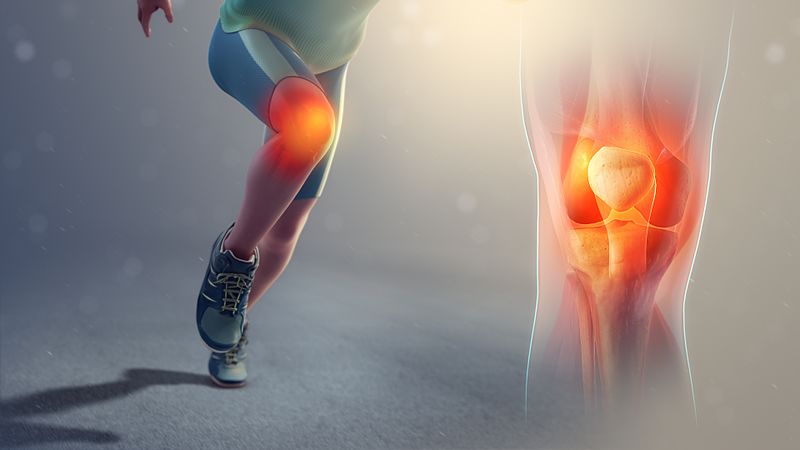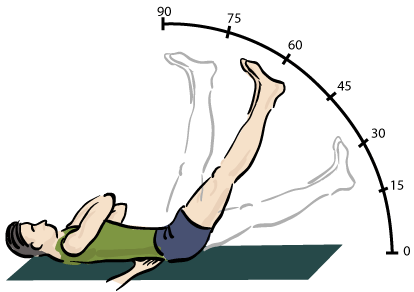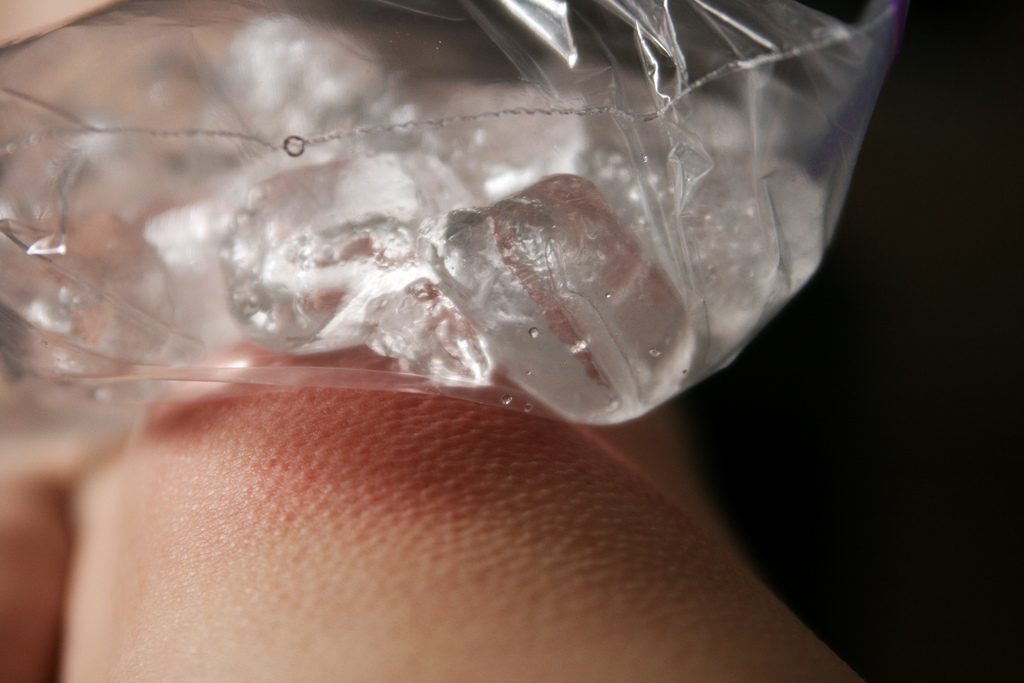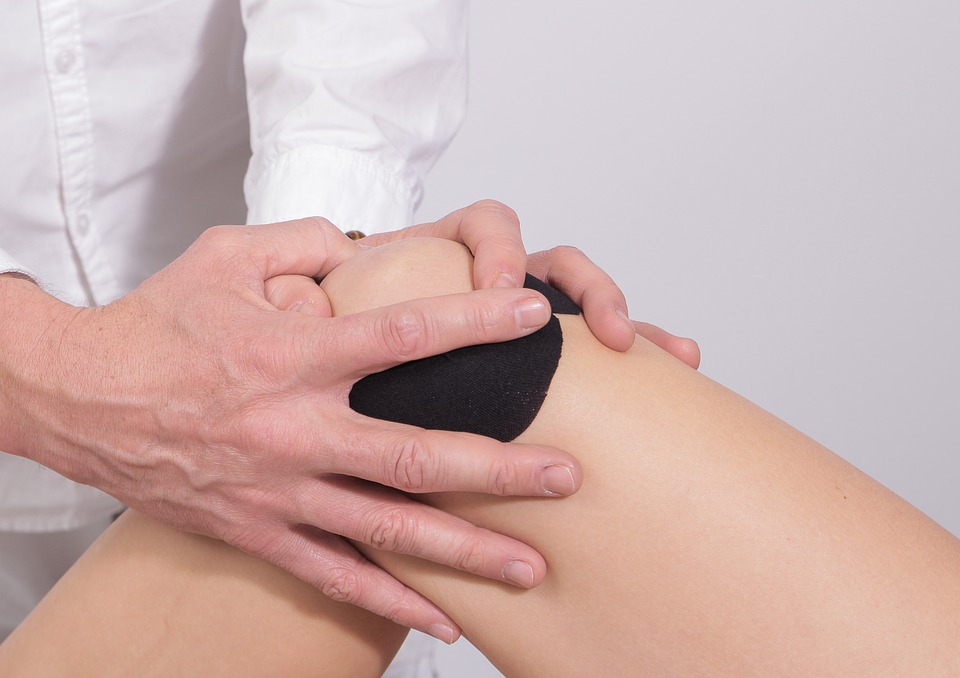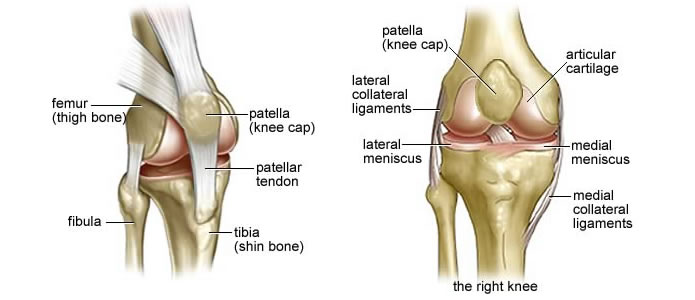Knee Pain
It is important to always use the proper postures for certain actions such as for sitting, lifting heavy objects, sleeping, and even just standing. Pain in the knees can often be related to improper posture for such things; especially lifting heavy objects, which could cause problems for your legs, knees, back, and neck if it is done incorrectly.
Prolotherapy or “Sugar Injections”
Provides Natural, Non-Surgical Relief for your pain – it is as sweet as it sounds!
Best Treatments for Knee Pain
There are several ways to maintain and reduce knee pain; the best way is to rest you knee (specifically elevated). Use an Ice pack to reduce pain (this also reduces swelling if there is any). You can also compress your knee with an elastic bandage (this also helps with pain and swelling) and avoid putting stress on your knee. If pain persists or you feel your knee pain is a symptom for something worse, contact Pegasus Pain Management to find the treatment that is right for you.
If you have persistent knee pain, contact Pegasus Pain Management, in the Dallas-Fort Worth area immediately, to see what kind of pain treatment is best for you. To contact Pegasus Pain Management call (214) 702-5855
Several Illnesses Related to Knee Pain
Arthritis
When the cartilage in the joint starts to fade away due to overuse of the joint (This normally means it fades over time, but it can also mean that it is overused through intense activities such as sports.)
Symptoms of Arthritis: Joint stiffness, sharp joint pain, or swelling near a joint.
For more information visit the following link: https://www.pegasuspain.com/pain-conditions-dallas/arthritis/
Torn ACL
One of the most popular injuries in sports is a torn ACL (anterior cruciate ligament); this is the tough strip behind your knee that connects the thigh bone to the shin bone. It can be torn by stretching too far or by being worn down. This is an urgent medical issue, so if you believe you have torn your ACL contact Pegasus Pain Management before the injury becomes long term.
Symptoms of a Torn ACL: swelling, stiffness, extreme pain, and instability
For more information visit the following link: https://www.pegasuspain.com/ongoing-sports-injury-pain/
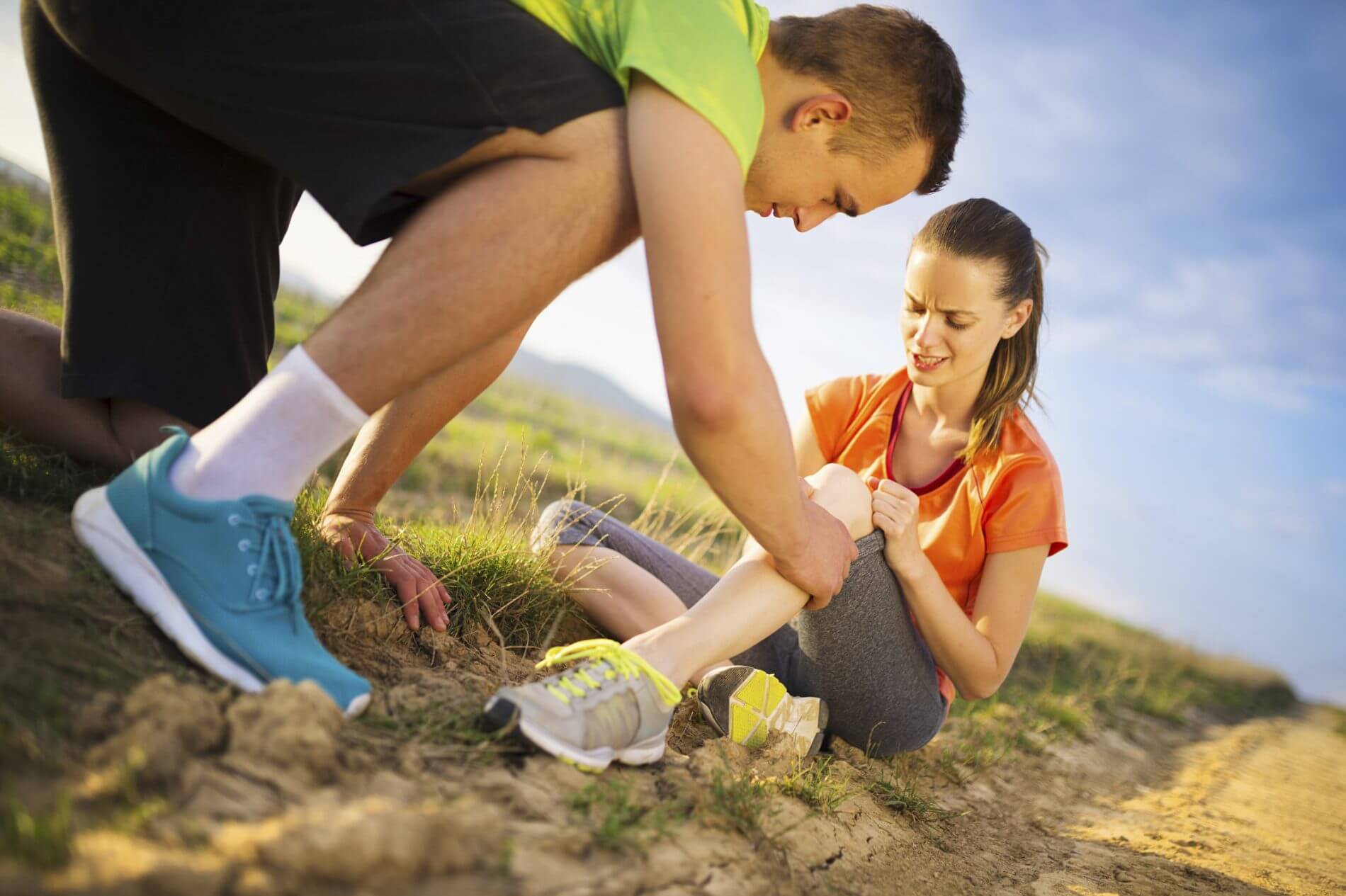
Common Causes of Knee Pain
- Injury
- Overuse
- Improperly lifting heavy objects
- Putting excessive stress on the knees
The Proper Way to Lift Heavy Object
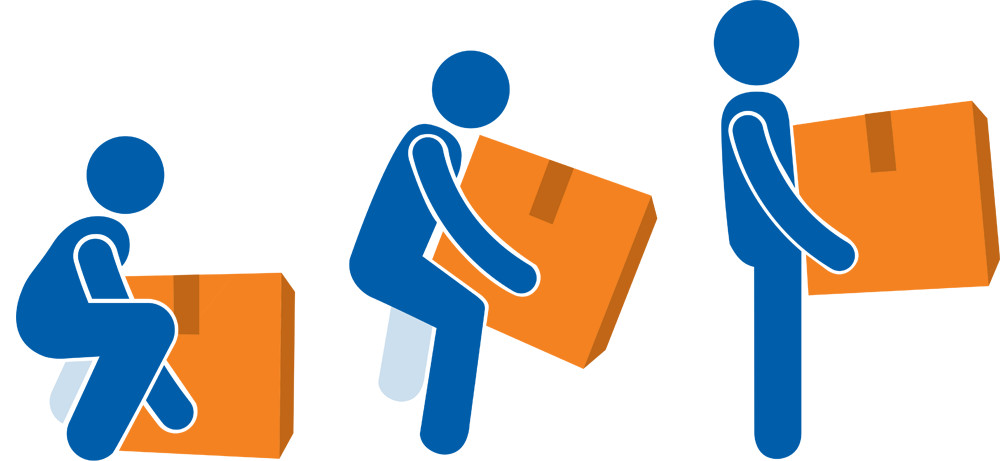
Following these Three Steps:
Step 1: Bend your knees into a squat position right in front of the object (do not lean forward with a small bend in the knee)
Step 2: Grab a hold of the object (the bottom of the object if normally the best place to lift from)
Step 3: Straighten your legs to lift the load (do not lift above shoulder level and avoid twisting your body while holding the load)

